Why Interactions with First Responders are Significant for Children with Autism
March 16, 2022
March 16, 2022
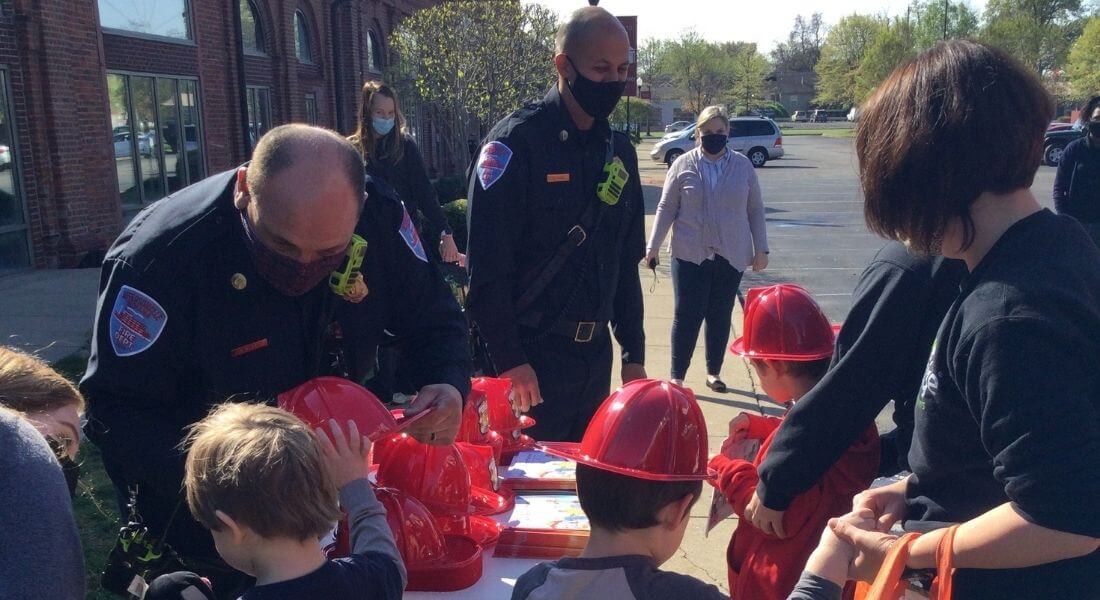
Imagine this: You and your child are in the car, stopped at a red light. A fire truck sounds in the distance. It starts to get closer and simultaneously louder as the seconds pass. Now you see the lights flashing. How does your child react? Are they excited to hear the sirens because they love those big, red trucks, or do sensory sensitivities cause them stress when this occurs? Or, do the sounds and sights go unnoticed entirely?
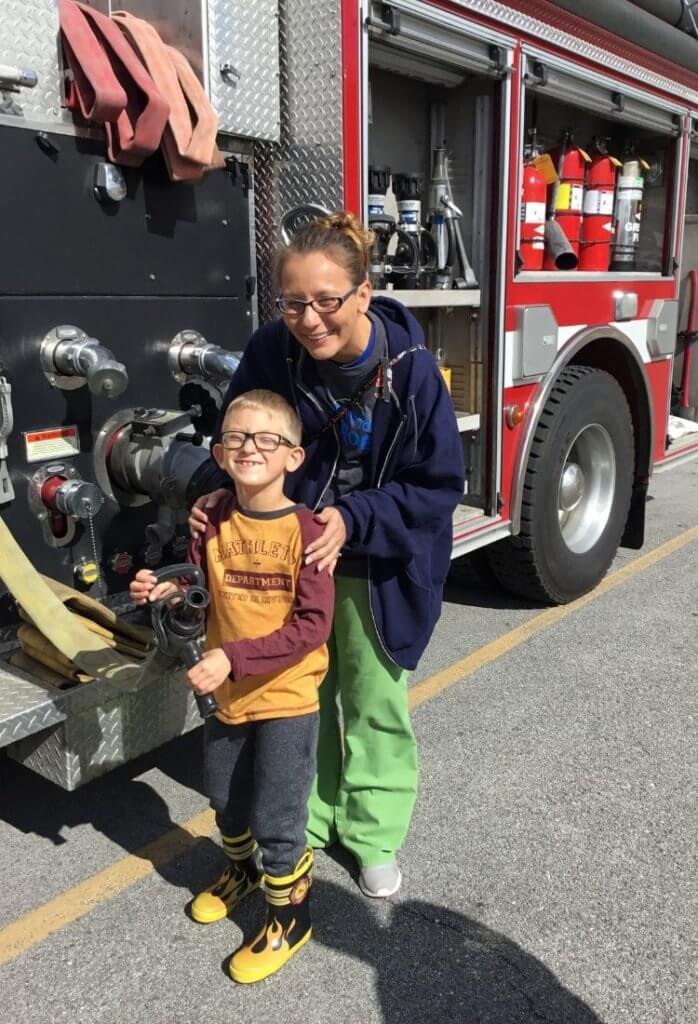
No matter which direction your child falls into, interactions with emergency vehicles – and the individuals in uniform who are on board – have the ability to elicit strong reactions in all children, but especially those with autism spectrum disorder (ASD).
This can be troublesome for families when they come into contact with first responders out in public or in the unfortunate case of an emergency that hits a little closer to home. For children with autism, learning to engage with first responders is critical. At the same time, it is essential for first responders to understand ASD and be prepared to respond effectively and safely.
With this in mind, Hopebridge Autism Therapy Centers makes efforts to give children and caregivers – as well as first responders – tools and strategies for these interactions so they are prepared if and when the time comes. From printable resources and digital guides, to targeted therapy goals and on-site opportunities to build comfort, Hopebridge provides a range of support for each audience to properly equip itself for these moments.
One way Hopebridge engages both children and emergency service personnel is through first responder meet-and-greets at the centers. While they look different at each Hopebridge location, the goal remains the same.
“The main emphasis is on familiarity for both ends. At first, it can be overwhelming for children as they take in the new experience, but we hope by engaging them in these activities, we can equip the kids and first responders on how to react and make them feel comfortable while providing support,” said Hopebridge Evansville Center Manager Matt Whitmore. “We want to enhance comfort in environments where people in uniform are trying to help these kids if they’re ever in those situations where they need to get to safety or receive medical attention.”
On these First Responder Days, Hopebridge arranges for members from the local police departments, fire departments and Emergency Medical Services (EMS) to come on site at the centers. In addition to visiting in uniform, a key element of the events are their vehicles. Occasionally, law enforcement K-9 units will bring their dogs.
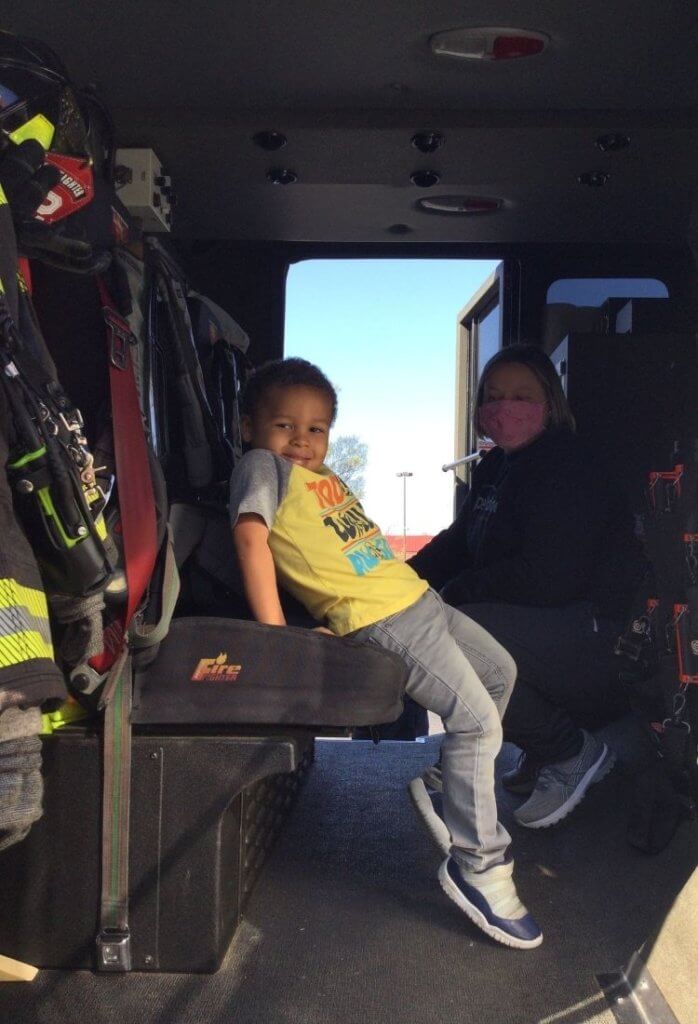
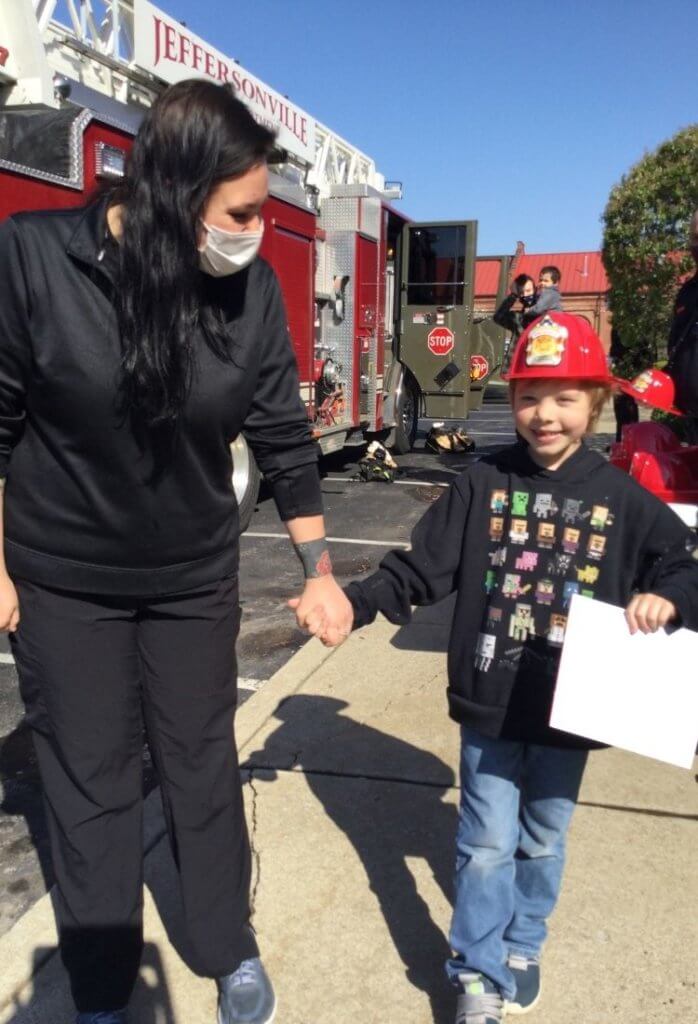
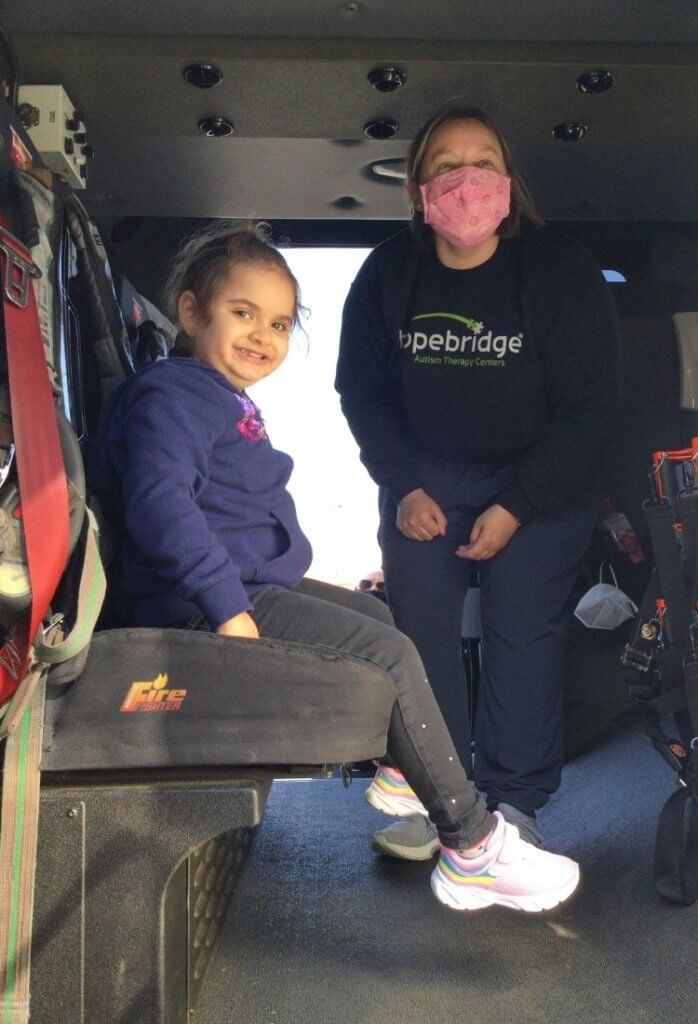
During the meet-and-greets, kids rotate with their pods to spend time with each first responder. Children have the opportunity to get into the vehicles, which helps get them more accustomed to them, just in case they ever need to travel in an ambulance or police cruiser. Firefighters and police officers encourage the kids try on their equipment and give them goodies like stickers and coloring books to make the experience welcoming and fun for them.
“It’s great to see the impact on both sides. The majority of our kids are nervous in the beginning because it’s new to them. It can take some time with their therapists to get them acclimated with the change in environment, but that’s why we do this,” said Matt. “The same goes for the first responders. They don’t always know how to interact with each child when they first arrive, but over time, they get a little more comfortable with engaging them.”
Matt shared that the departments his center has worked with are constantly reaching out about other opportunities in which they can get involved. What started as one First Responder Day has since led to fire drills and law enforcement tours in order to gain more knowledge and preparation. Officers have also come in on their off days to shadow therapists and spend time with the center’s children to gather more understanding and skills. Others have reached out after their own experiences with individuals on the spectrum in an attempt to gain more tools and resources to handle future situations.
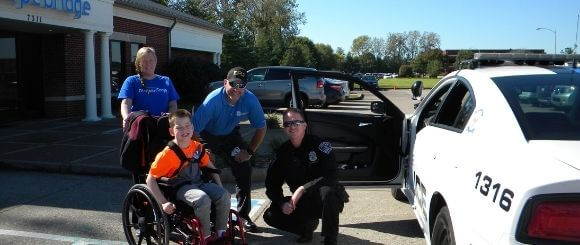
With these additional touchpoints, the first responders now know the layout of the facility, how Hopebridge children would exit the center in an emergency, what kids could be doing at any given time, and how they can best interact with them. At the same time, these drills enable children to build their tolerance around time spent outside while the first responders are doing what they need to do.
“The coolest part about this has been the response of the community to learn more about what we do and our population of kids. Firefighters, law enforcement and EMTs participate in events like this all the time, but to have this type of eager response to find out more about how they can serve the autism population has been impressive,” said Matt.
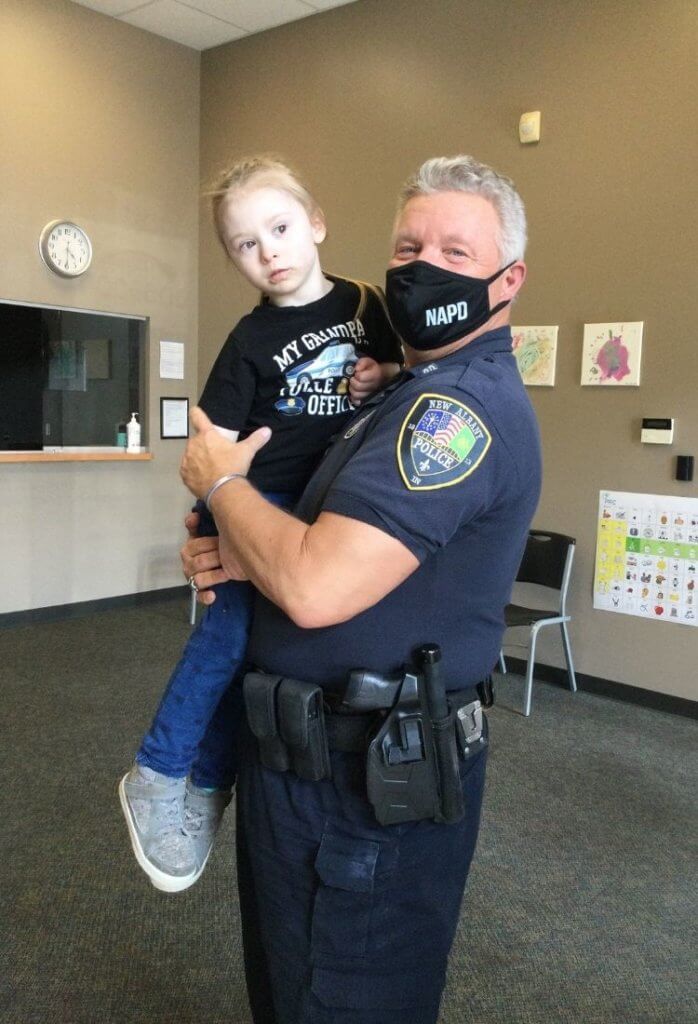
Even if you do not yet have access to in-person interactions, therapy or training, or if you just want to add additional layers of protection for individuals with autism, we have additional resources that can get you started. We connected with a few experts from within Hopebridge and the Indianapolis Fire Department to offer tips and tools aimed at keeping children safe across a range of scenarios. Find them here:
For Families:
How to Prepare Your Family for Wandering Emergencies
Hopebridge BCBA Offers Five Home Safety Tips for Wandering and Elopement
For First Responders:
Hopebridge Shares 5 Tips for First Responders Interacting with Children with Autism
First Responder Autism Tip Sheet: A Person with Autism Might …
If you are a parent or guardian of a child with autism and want to give them more chances to connect with first responders, as well as build their own skills to keep themselves safe, reach out to us to learn about the services available to you. From applied behavior analysis (ABA therapy) to speech therapy to parent training, Hopebridge has a wide range of options to help keep kiddos out of harm’s way and ease stress when emergency situations do arise.
*Informed consent was obtained from the participants in this article. This information should not be captured and reused without express permission from Hopebridge, LLC.
Parenting Resources
August 20, 2020
Are My Child’s Tantrums Normal? - Learn from a Hopebridge BCBA
Tips and Advice
September 04, 2020
Fun and Sensory-Friendly Labor Day Ideas for Autism Families
Tips and Advice
January 08, 2025
Best BCBA Exam Study Materials to Pass on the First Attempt